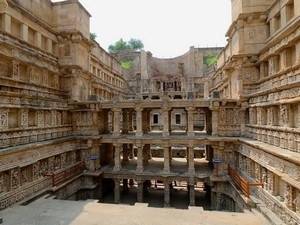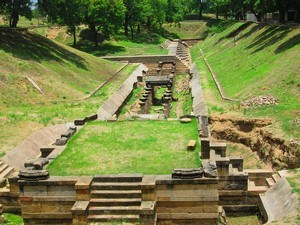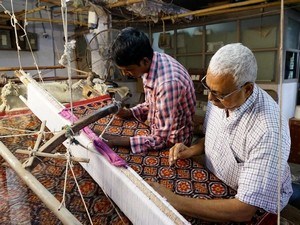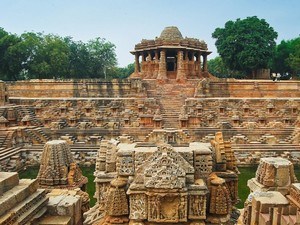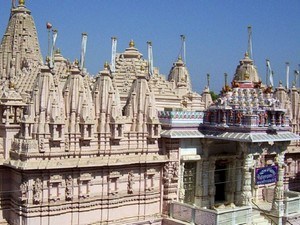Patan Patola Heritage Museum - History, Timings & Entry Fee
![]() Museum / Gallery
Museum / Gallery
 #3 of 11 Places to Visit in Patan
#3 of 11 Places to Visit in Patan
 Distance (From Patan Bus Stand): 3 Kms
Distance (From Patan Bus Stand): 3 Kms
 Trip Duration (Including Travel): 30 Mins
Trip Duration (Including Travel): 30 Mins
 Place Location: Near Patan City Museum
Place Location: Near Patan City Museum
 Transportation Options: Walk/Trek
Transportation Options: Walk/Trek
 Travel Tips: None
Travel Tips: None
At a distance of 1 km from Rani ki Vav and 3 km from Patan Railway Station, Patan Patola Heritage is a small private museum located in Patan, Gujarat. Situated near Patan City Museum, it is one of its kind in the world and among the best places of sightseeing in Patan.
Run by the award-winning Salvi family, Patan Patola Heritage Museum came into existence in 2014. Over 3,000 sq. ft of space and three floors, it documents the history of the Patan Patola, a textile that combines techniques of tyeing, dyeing, and weaving. Worn by royals and aristocrats on auspicious occasions, and prized as a holy cloth even in Southeast Asia, the Patola finds mention in the 14th century travel accounts of Ibn Batuta, who gifted Patolas to kings. These sarees were also mentioned in the 'Kalpsutra', a 2000-year-old Jain holy book.
This museum is an excellent place to see Patola silk weaving in action as part of Patan tour. It is the house-cum-studio-workshop of a family of master-weavers called the Salvis. The family has specialized in double-ikat weaving since the 11th century over roughly 35 generations. The museum showcases the live demonstration of a Patola saree being woven, get an understanding of the process, photographs of celebrities wearing the Patan Patola, old vegetable dyes, old saris woven by the family, a 200-year-old red Patola frock for a child, Ikat artifacts from other countries, the Salvi family history, and also numerous national awards that the family has won.
The making of Patan Patola sarees is extremely laborious and requires anywhere between five months to one year to create a single saree. Four to five family members work in unison, delicately weaving the unique creation. Another feature of these hand-dyed patolas which makes them stand out is that the feel and look of the fabric are exactly the same from both sides. In the 1930s, the Patola saree costs Rs. 120. Today, the simpler versions of double Ikat saree start from 20,000 and go up to several lakhs depending on the work done and thread used.
Timings: 10 AM - 6 PM
Entry Fee: Rs. 10 for Person




